Edison LED Lighting
Projects
How to Choose the Perfect Office Lighting for Maximum Productivity
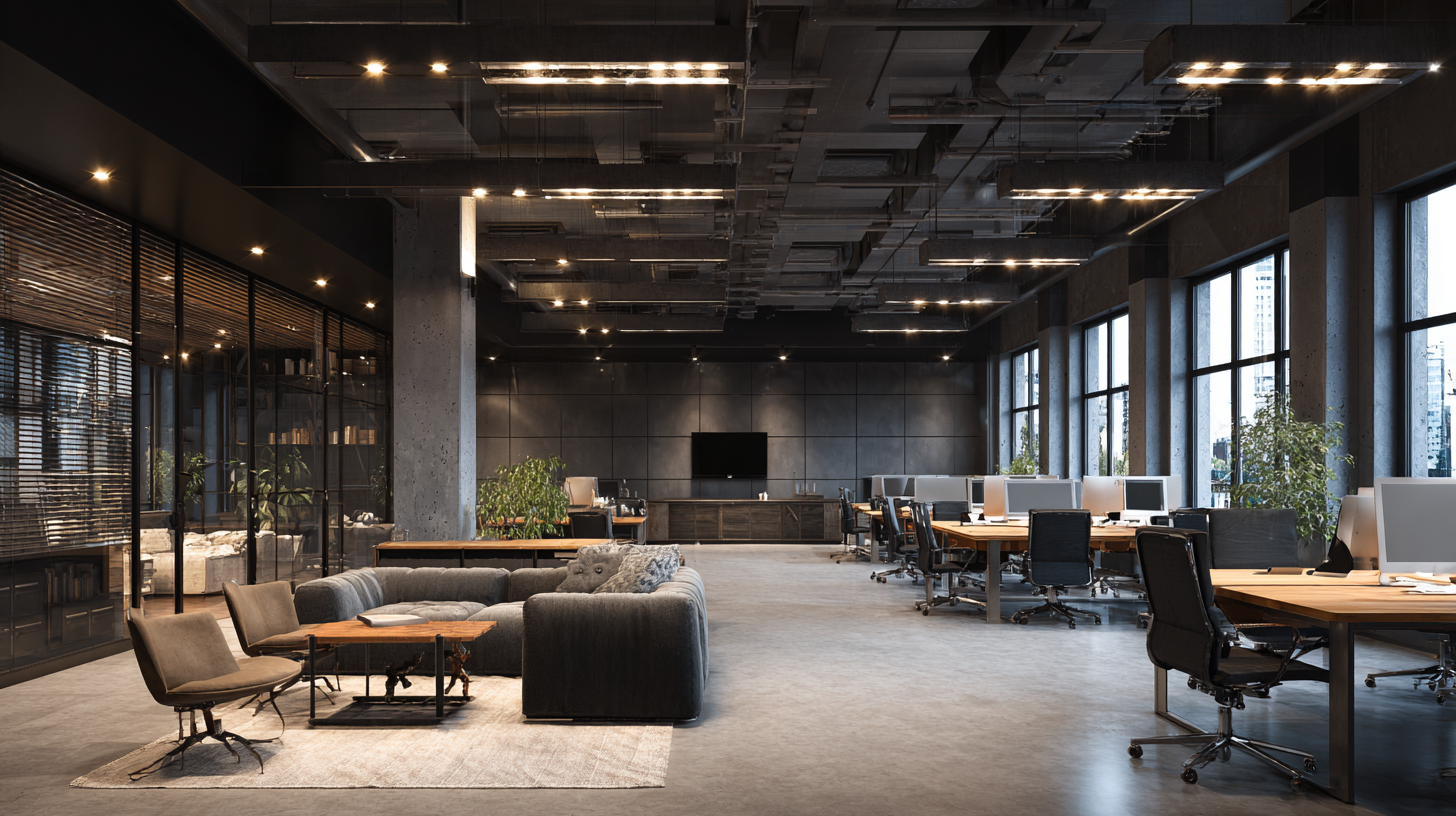 Choosing the right office lighting is crucial for fostering an environment that enhances productivity and well-being among employees. The interplay of light not only affects the mood and comfort levels within the workspace but also plays a significant role in reducing eye strain and fatigue. Effective office lighting can lead to improved concentration, creativity, and overall performance. In today’s fast-paced work environment, understanding how to select the perfect lighting solutions for your office is key to ensuring that your team operates at their best.
Choosing the right office lighting is crucial for fostering an environment that enhances productivity and well-being among employees. The interplay of light not only affects the mood and comfort levels within the workspace but also plays a significant role in reducing eye strain and fatigue. Effective office lighting can lead to improved concentration, creativity, and overall performance. In today’s fast-paced work environment, understanding how to select the perfect lighting solutions for your office is key to ensuring that your team operates at their best.
With a myriad of options available, from natural light to various artificial lighting fixtures, knowing how to tailor your office lighting to suit your specific needs can make all the difference. This guide will explore essential tips and considerations for optimizing your office lighting, ultimately aiming to create an inviting and productive workplace.
Understanding the Impact of Lighting on Workplace Productivity
Understanding the impact of lighting on workplace productivity is crucial for creating an environment that fosters efficiency and well-being. According to a report by the American Society of Interior Designers, approximately 68% of employees believe that proper lighting increases their productivity levels. Conversely, insufficient lighting can lead to issues such as eye strain and fatigue, which detrimentally affect focus and output. The same report indicates that workers in well-lit environments are significantly less likely to report headaches and discomfort, underlining the importance of selecting the right lighting solutions for office spaces.
Moreover, a study by the Heschong Mahone Group highlights that natural light can enhance productivity by up to 15%. Employees exposed to daylight not only exhibit higher levels of energy but also demonstrate improved moods and overall job satisfaction. To optimize workplace lighting, incorporating a mix of natural light through windows and supplemental artificial lighting that mimics daylight can be effective. Understanding these dynamics allows employers to strategically design their workspaces, ultimately leading to improved employee performance and morale.
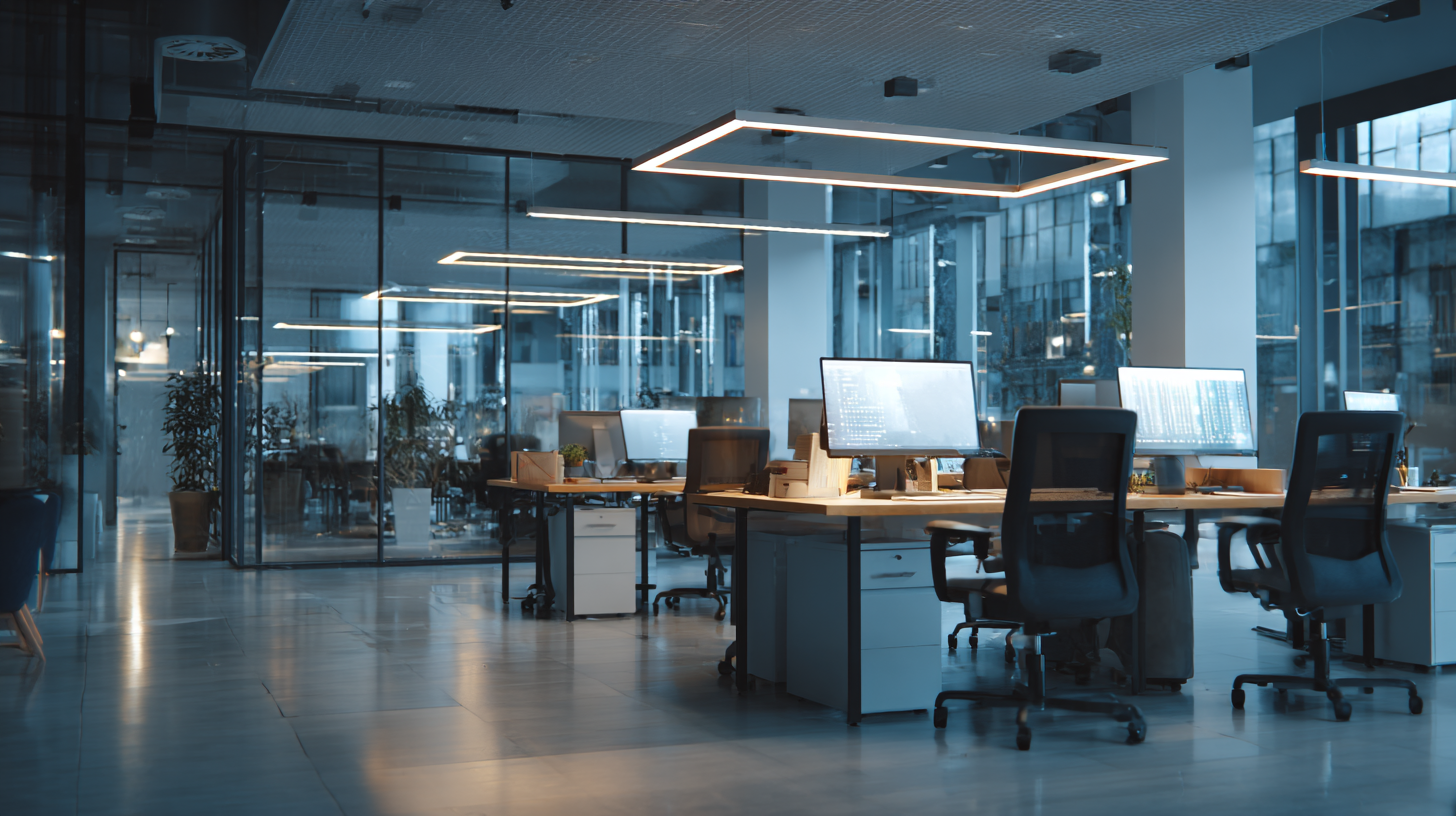
Identifying the Different Types of Office Lighting Options
When selecting office lighting, understanding the various types available is crucial for creating an environment that fosters productivity. The primary lighting options include ambient, task, and accent lighting. According to a study conducted by the Heschong Mahone Group, well-designed lighting can boost productivity by 10-25%, emphasizing the importance of choosing the right type. Ambient lighting provides general illumination and sets the spatial tone, typically delivered by ceiling-mounted fixtures or LED panels. This base layer of light is essential for reducing eye strain and fatigue over long hours.
Task lighting addresses specific work areas, offering focused brightness for detailed tasks such as reading or computer work. A report from the American Society of Interior Designers suggests that 68% of professionals feel that task lighting significantly enhances their performance. Desk lamps or adjustable light sources are ideal for creating balanced brightness without overwhelming the workspace. Additionally, accent lighting can enhance aesthetics and highlight certain areas of the office, but should be used sparingly to avoid distractions. Ultimately, combining these types of lighting strategically can lead to a more productive workplace.
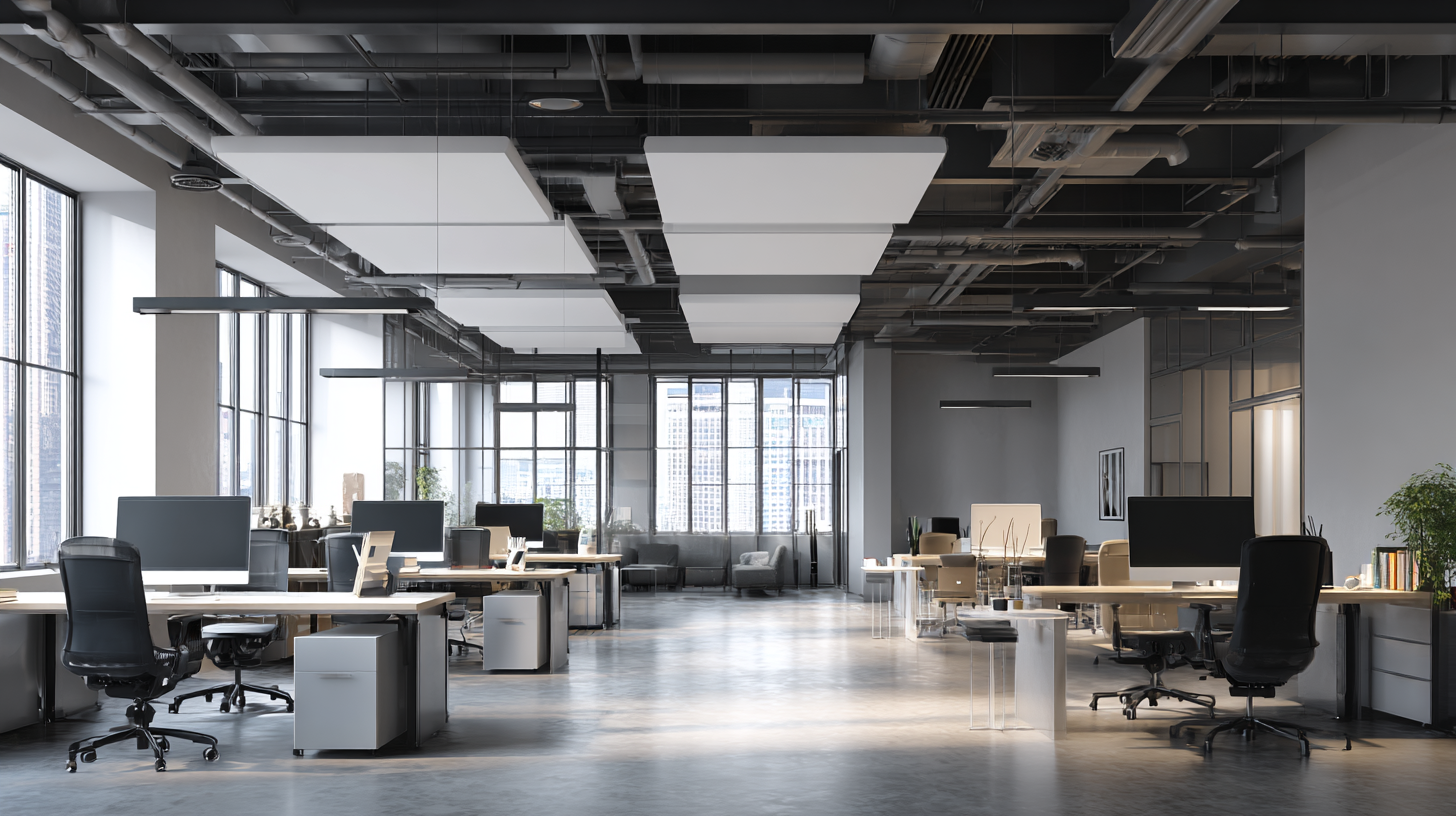
Selecting the Right Color Temperature for Your Office Environment
Choosing the right color temperature for office lighting is crucial for enhancing productivity and employee well-being. According to a report from the American Psychological Association, lighting that falls within the range of 4000K to 5000K, often described as "cool white" or "daylight," is most effective for stimulating alertness and focus. This color temperature mimics natural daylight, which can help to reduce eyestrain and maintain energy levels throughout the workday.
Additionally, a study by the Lighting Research Center found that cooler lighting temperatures improve concentration and cognitive task performance. Specifically, environments illuminated with 5000K lights resulted in a 10% increase in productivity over those lit with warmer, 3000K lights. However, it's essential to strike a balance; overly harsh lighting can lead to fatigue. Incorporating adjustable lighting solutions allows employees to tailor their workspace according to their preferences, further optimizing their comfort and efficiency.
How to Choose the Perfect Office Lighting for Maximum Productivity
| Lighting Type | Color Temperature (K) | Effect on Productivity | Ideal Usage |
|---|---|---|---|
| LED Lighting | 3000K - 4000K | Enhances focus and reduces eye strain | General office use |
| Fluorescent Lighting | 3500K - 5000K | Increases alertness and improves mood | Break rooms and communal areas |
| Incandescent Lighting | 2700K - 3000K | Creates a warm and inviting atmosphere | Lounge areas |
| Natural Daylight | 5000K - 6500K | Promotes creativity and reduces fatigue | Workstations with windows |
Incorporating Natural Light to Enhance Employee Well-Being
Incorporating natural light into office spaces is a fundamental approach to enhancing employee well-being and productivity. Studies have shown that access to daylight can significantly improve mood, energy levels, and overall job satisfaction. When employees are exposed to natural light, they tend to experience lower stress levels and improved focus, leading to greater efficiencies in their work. Therefore, designing workspaces with large windows or skylights not only optimizes the aesthetic appeal but also promotes a healthier work environment.
Moreover, natural light helps regulate circadian rhythms, which are crucial for maintaining a balanced work-life dynamic. By aligning office hours with daylight hours, employers can encourage employees to take advantage of these natural light sources, fostering a more vibrant and engaging atmosphere. This connection to the outside world not only enhances creativity but also reduces fatigue, making employees feel more invigorated and motivated throughout the day. Thus, when selecting office lighting, prioritizing natural light can serve as an effective strategy to bolster both employee well-being and productivity.
Balancing Brightness and Light Distribution for Optimal Focus
The significance of balancing brightness and light distribution in office lighting cannot be overstated.
A well-lit workspace not only enhances the aesthetic appeal but also plays a critical role in employee productivity. According to a report by the Lighting Research Center, optimal lighting can increase productivity by up to 20%, indicating that effective light management could lead to significant economic benefits for businesses.
Research suggests that the illuminance level for office environments should ideally range between 300 to 500 lux. This brightness range helps reduce eye strain and fatigue, allowing employees to maintain focus for extended periods. Furthermore, the distribution of light is crucial; a uniform light distribution minimizes harsh shadows and contrasts, contributing to a more comfortable work setting. A study published in the Journal of Environmental Psychology found that employees working in environments with well-distributed light reported a 15% increase in their overall satisfaction and well-being.
By strategically selecting lighting solutions that balance brightness and maintain proper light distribution, employers can foster a conducive atmosphere that enhances both focus and productivity. As the shift towards remote and hybrid work continues, ensuring optimal office lighting will remain a key factor in workforce effectiveness.
Related Posts
-
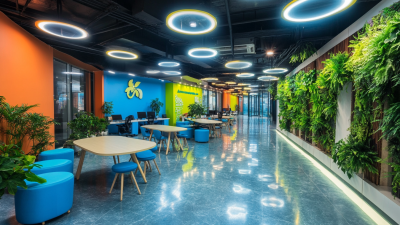
Navigating Tariffs and Embracing Growth in Chinese Manufacturing of Best Office Lighting Solutions
-
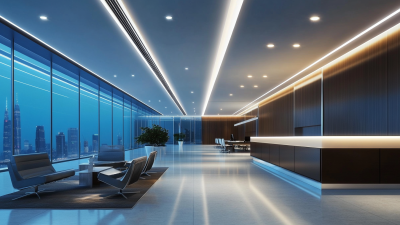
Unleashing Excellence in Office Lighting Solutions from World Class Chinese Manufacturing
-

Essential Checklist for Optimizing Your Shop Lighting to Boost Sales and Efficiency
-
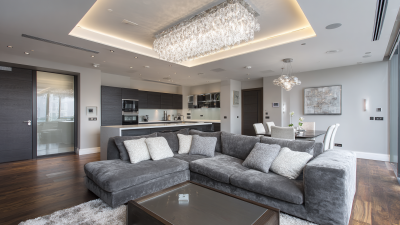
Essential Guide to Choosing the Perfect LED Ceiling Lights for Your Home
-
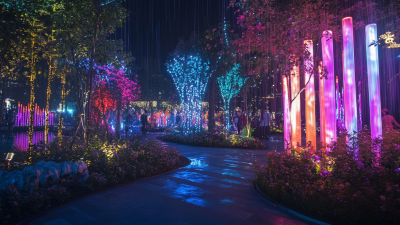
Exploring the Impact of Landscape Lighting at the 137th Canton Fair 2025
-
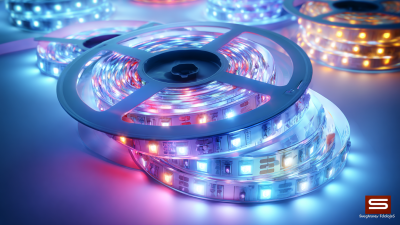
Ultimate Guide to Sourcing High-Quality LED Strip Lighting Suppliers: Essential Checklist and Industry Insights
